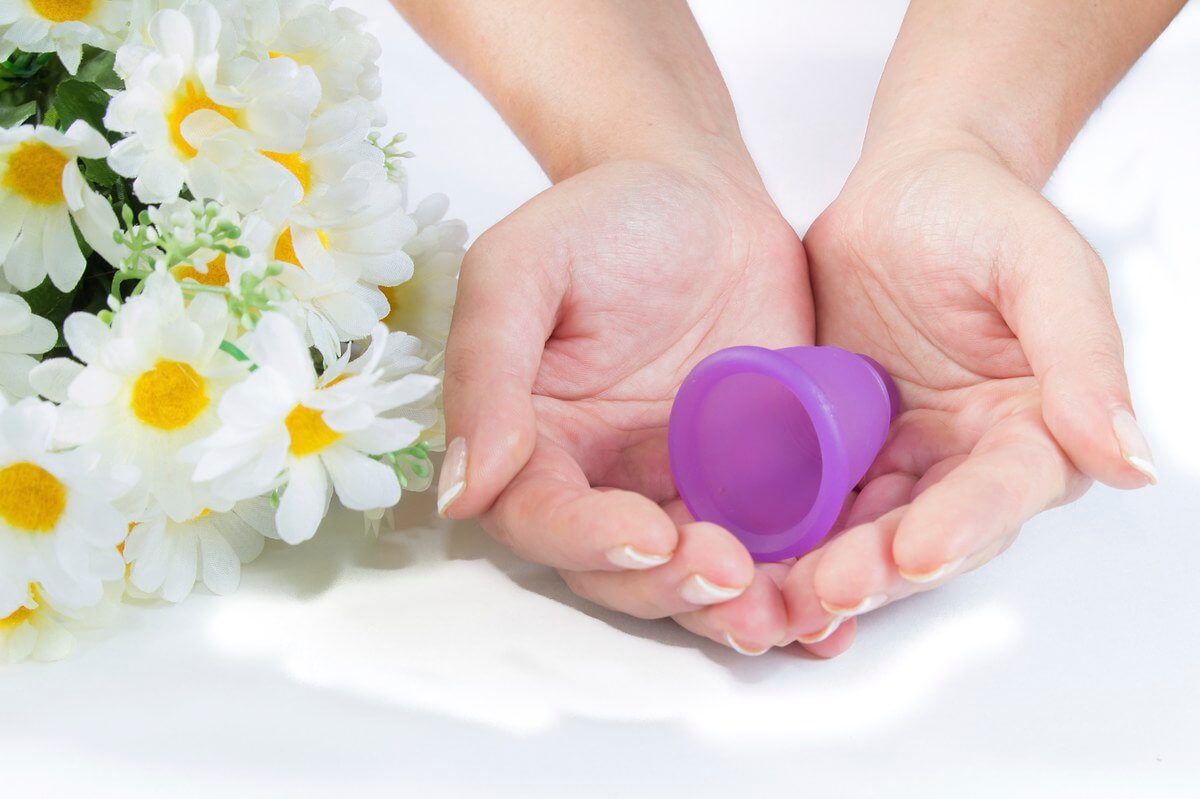When it comes to managing your period, most of us gals turn to tampons and pads to get the job done. What many women don’t know is that there’s actually a cost-effective, environmentally-friendly alternative on the menu.
Move over tampons, the menstrual cup is here

iStock
Enter the menstrual cup; a reusable device that works by collecting flow rather than absorbing it. The cup isn’t anything new (they’ve actually been around since the 1930s), but they are enjoying quite a resurgence these days.
The way it works is pretty simple — gently fold the cup, then insert it at the base of the vaginal canal (not up high like a diaphragm or cervical cap). Once it’s inserted, it forms a seal with the vaginal muscles, which holds it in place. Putting in a menstrual cup is actually comparable to inserting a tampon, at least in terms of how comfortable you need to be with your body to do so. Menstrual cups are also leak-free if they’re put in correctly.
“It fits in place with the vaginal muscles for up to 12 hours,” says Sophie Zivku, communications and education manager at Diva International. The company manufactures The DivaCup, an eco-friendly menstrual cup that’s free of chemicals, plastics and dyes.
“At the end of the 12 hours, the woman will simply grab the base of the cup and gently pinch it, and that’ll release the seal,” she says. “You remove it, empty the contents, give it a good clean with warm water and our DivaWash, and then reinsert it for another 12 hours.”
While the thought of emptying the cup may dial up the ick factor for some, DivaCup reps say that it’s really not any grosser than changing a maxi pad.
“Cleaning it isn’t like a crime scene!” says Daniela Masaro, brand marketing manager at Diva International. “It’s really not a lot of flow. Most women find that it’s only about half full after the 12 hours. For those with a heavier cycle, it may be closer to the top.”
Getting the routine down appears to take some practice. The Cleveland Clinic reports that cleaning a menstrual cup can present a messy challenge for some women at first. There’s also the potential embarrassment of having to wash it in a public bathroom.
Either way, this set-it-and-forget-it approach to dealing with your period is easier on the wallet. Most menstrual cups retail for about $40, which should pay for itself after a few cycles.
“A lot of women spend an average of $10 a month on product,” says Masaro.
Most menstrual cups come in different sizes. (Your size depends on whether or not you’ve had children.) Their shelf life is typically about one year.














